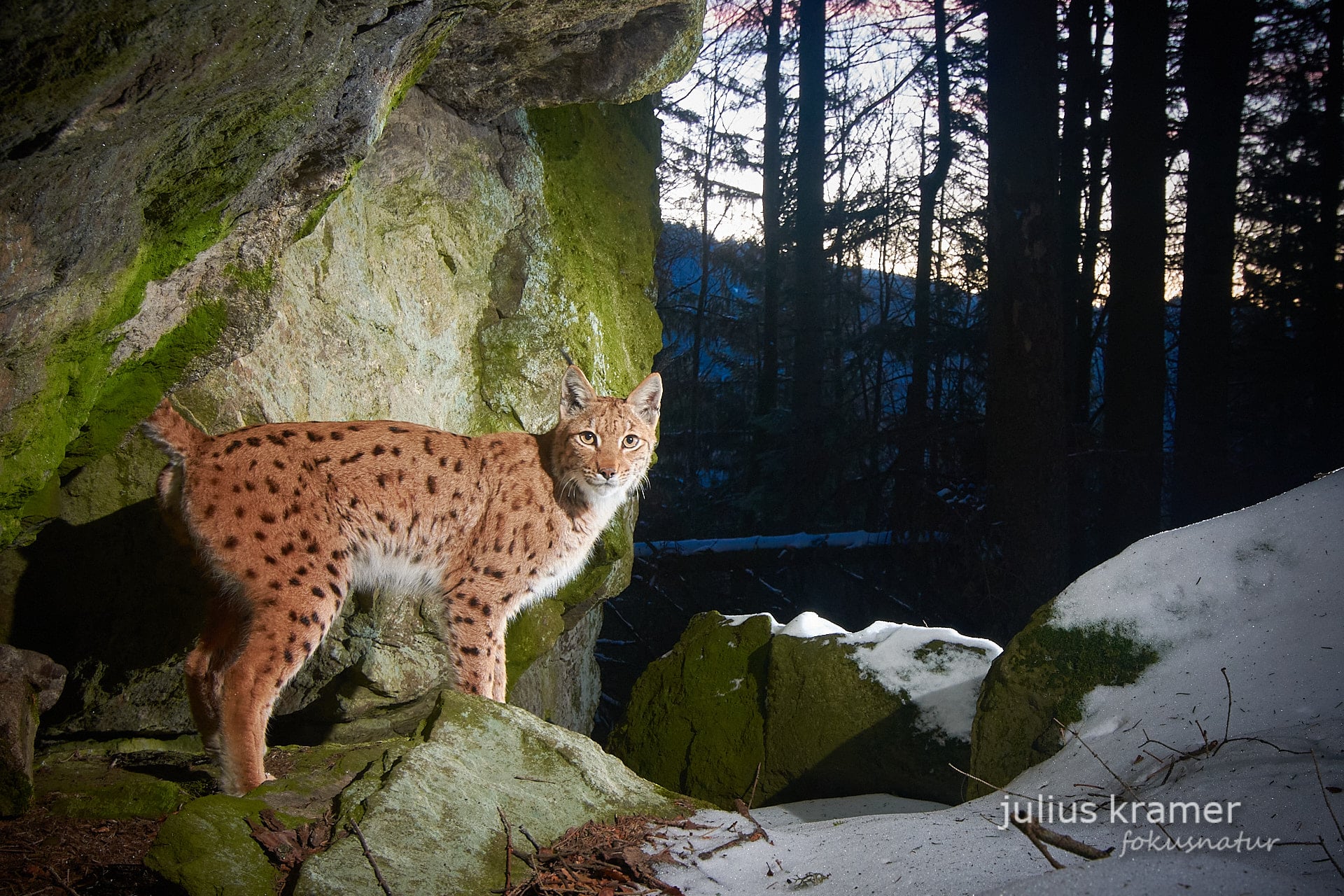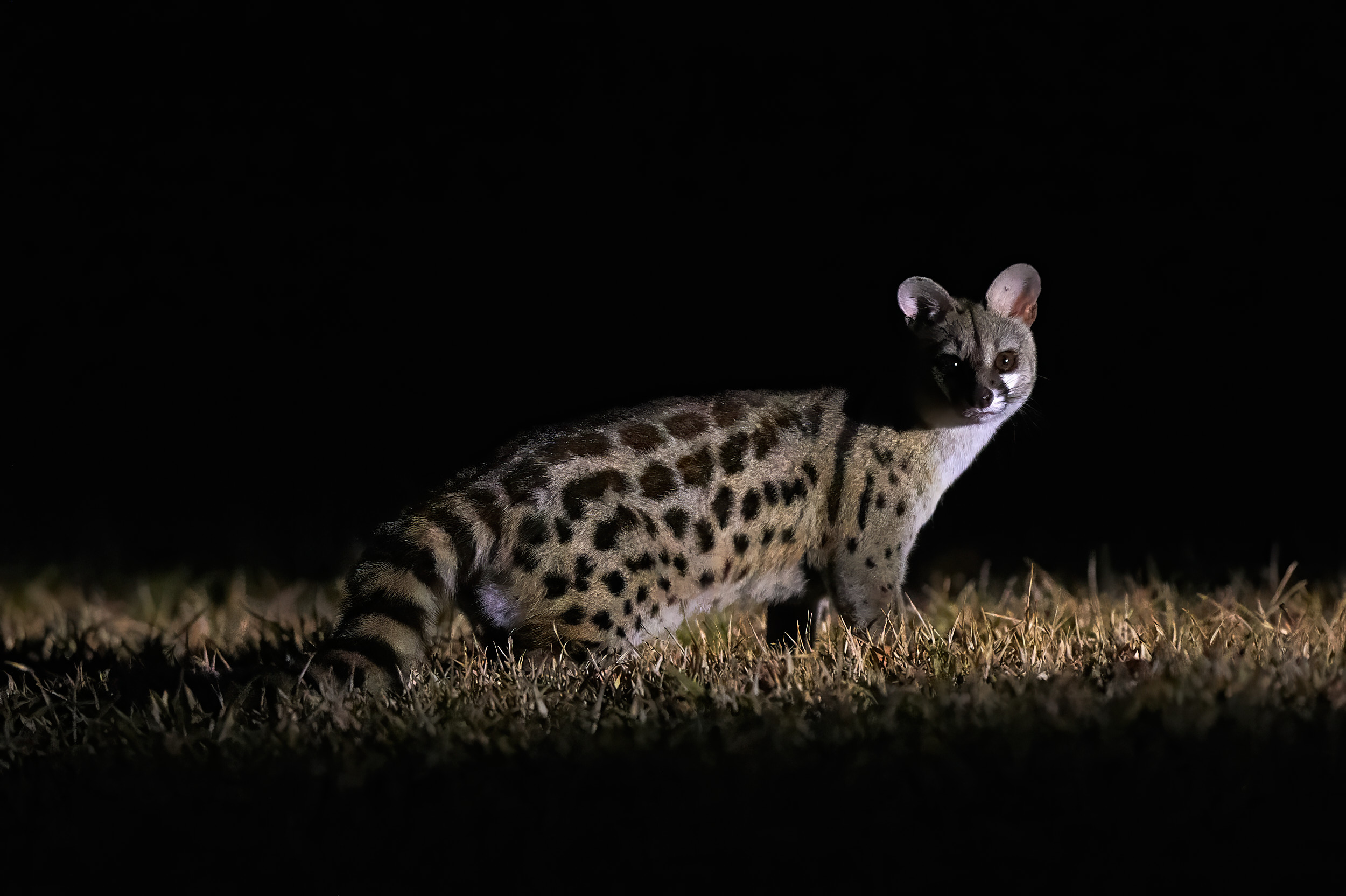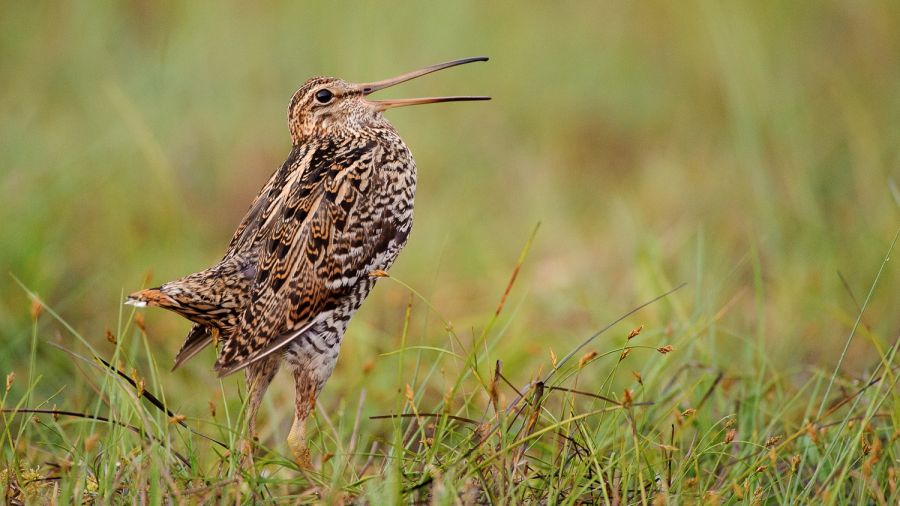The Eurasian lynx (Lynx lynx) is one of the most fascinating wild animals in the Bavarian Forest. As the largest wild cat in Europe, it plays a crucial role in the forest ecosystem. However, the lynx is still threatened with extinction in Bavaria. Its return to the Bavarian Forest is not a matter of course, but the result of decades of conservation efforts. Only careful lynx monitoring and targeted conservation measures can ensure its survival in the wild. In this article, I shed light on the history of the lynx in the Bavarian Forest, current population figures and development trends in Bavaria, as well as modern monitoring methods and conservation measures aimed at preserving this charismatic species.
- The history of the lynx in the Bavarian Forest
- Current population figures and development trends in Bavaria
- Modern techniques for lynx monitoring
- Ecological importance of the lynx in the forest
- Protective measures and outlook
- How is Luchs Bayern e.V. involved in the protection of the lynx in Bavaria?
- Conclusion
The history of the lynx in the Bavarian Forest
The lynx was once native to almost all of Germany, but was wiped out by the end of the 19th century. The last lynx was shot in the Bavarian Forest in 1848, after which the species was considered extinct there. It was not until the 1970s that reintroduction began: in 1970, several lynxes were released in the Bavarian Forest National Park, albeit with little success. Further reintroductions followed between 1982 and 1989 – this time in the neighboring Czech Šumava National Park. Today’s Bavarian-Bohemian lynx population developed from these animals. The return of the lynx to the Bavarian Forest is considered a success story of nature conservation: it shows that extinct species can be reintroduced with consistent measures.
However, despite this reintroduction, the number of lynx has stagnated since the 2000s. The population in the Bavarian-Bohemian region currently comprises only a few dozen adult animals. This small population in the Bavarian Forest is particularly important because it is one of the last three lynx populations in the whole of Germany. At the same time, it acts as an important link between the lynx populations of Central Europe – its long-term conservation is therefore a high priority in species protection.

Join me on my photo tours and immerse yourself in the world of wild landscapes and unique encounters. Together we will hone your photographic skills – practical, creative and full of inspiration. Secure your place now and rediscover the magic of light and nature.
Current population figures and development trends in Bavaria
The latest monitoring data show that the lynx is still extremely rare in Bavaria. In the 2023/24 monitoring year, only around 95 lynx were recorded across Bavaria, including only 11 females with offspring. The majority of these lynx live across borders in the area of the Bavarian Forest and the Czech Šumava. Outside the Bavarian Forest, there are only isolated occurrences, such as a small, emerging population in north-eastern Bavaria (Fichtelgebirge/Frankenwald). Overall, the entire Bohemian-Bavarian-Austrian population (Bavarian Forest/Bohemian Forest) is estimated to be around 120-140 lynx. After many years of stagnation, the population appears to have recently increased slightly, but the species remains classified as “threatened with extinction” on the Red List in Bavaria.
These low population numbers illustrate the challenges in lynx conservation:
- Isolation of individual populations: There are only a few lynx populations in Germany, which are also spatially separated from each other. There is hardly any exchange between these groups.
- Risk of inbreeding: Isolation already leads to mating-related inbreeding in the population, which can affect the fitness of the animals in the long term.
- Limited genetic diversity: Small and isolated populations suffer from genetic impoverishment. In the long term, this leads to reduced fertility and increased susceptibility to disease.
- Susceptibility to local extinction: With so few animals, there is a risk that a local population will die out due to random events – such as disease or a series of accidents. This means that the proverbial sword of Damocles of extinction hangs over the mini-population in north-eastern Bavaria if no countermeasures are taken.
Despite this alarming situation, there are also rays of hope. In recent years, conservation projects have been launched in Bavaria and neighboring regions to support the lynx population and connect isolated populations. In the Bavarian Forest itself, a slightly positive trend can be seen – the number of reproducing females has increased slightly for the first time in a long time. However, a prerequisite for a sustained upward trend is that human-caused mortality (e.g. through traffic or illegal killing) remains low. The fight against poaching and raising public awareness are having an impact: intensive police investigations and a first court case against lynx poachers in Bavaria have led to a noticeable reduction in illegal stalking. The trial was discontinued on March 6, 2020, as the exact circumstances of the killing could not be proven. Previously, there had already been a trial in Cham in which a hunter was convicted of possessing an illegal weapon and illegally stalking a lynx. This is why the lynx can only survive in Bavaria through continuous conservation efforts and close monitoring.
Unfortunately, state monitoring of the overall population (which mainly lives outside the national park boundaries) seems to have lost much of its quality in recent years. The lynx report for the lynx year 2024/2025 is still not available, which suggests that the data situation is not sufficient for a solid, scientific report (as in previous years).
Modern techniques for lynx monitoring
State-of-the-art monitoring techniques are used in the Bavarian Forest to keep a close eye on the lynx population. The most important method is the use of camera traps, i.e. automatically triggered wildlife cameras. This photographic monitoring provides valuable insights into the occurrence and behavior of the shy big cats without disturbing them. In particular, the photo documentation of individual lynx individuals based on their fur pattern is a key tool for researchers, as each lynx has a unique spot pattern – as unmistakable as a fingerprint. Individual animals can be clearly identified by their spots and recognized for years.
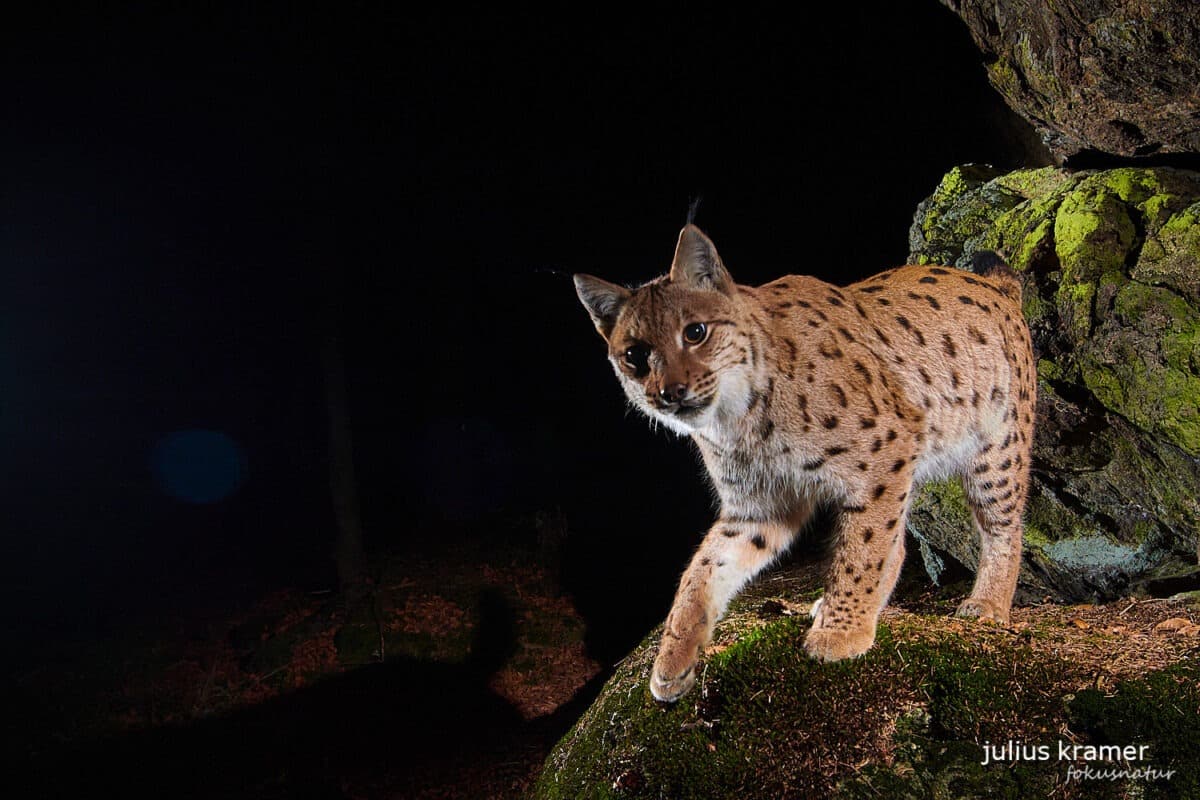
The lynx population can be monitored very closely through systematic photo trap monitoring. Each camera delivers an average of hundreds of images of different animal species; the lynx photos are filtered out and evaluated by experts. Numerous population data can be obtained from the images: Number of individual lynx, their territory sizes and roaming areas, the sex ratio, as well as reproductive success (recognizable, for example, by whether females with young are photographed). Mortality rates can also be derived indirectly – if a known territorial animal suddenly no longer appears, this often indicates its death. Even the genetic status of the population is monitored using this data, for example by collecting and analyzing hair or faecal samples at photo trap locations.
Lynx monitoring in the Bavarian-Bohemian Forest is a prime example of modern, non-invasive wildlife research. The use of camera traps has proven to be extremely effective in recent years: It makes it possible to track the life histories of individual lynx over a period of years – from birth to emigration to their own reproduction. In addition, by comparing the annual photo trap data, it is immediately obvious if a long-established animal is suddenly missing, which often indicates illegal killing or other losses. Overall, the advancement of photo-monitoring technology has significantly improved the protection of lynx, as conservation measures can now be planned on a solid data basis.
Ecological importance of the lynx in the forest
As a large carnivore, the lynx is at the top of the food chain and plays the role of a top predator in the forest ecosystem. Its presence has far-reaching effects on the balance of the entire habitat. Lynx prey mainly on roe deer and other medium-sized ungulates (e.g. young red deer or chamois) as well as hares and foxes. By regulating these prey populations, the lynx can indirectly have a positive influence on vegetation. In some areas, it has been observed that the return of lynxes leads to better forest regeneration. The background: roe deer and stags like to feed on young trees and shoots. If there are too many of these herbivores (high density of hoofed game), forest regeneration and biodiversity suffer as the regrowing trees are browsed. As a natural hunter, the lynx ensures that deer do not get out of hand – it keeps the forest ecosystem in a healthybalance.
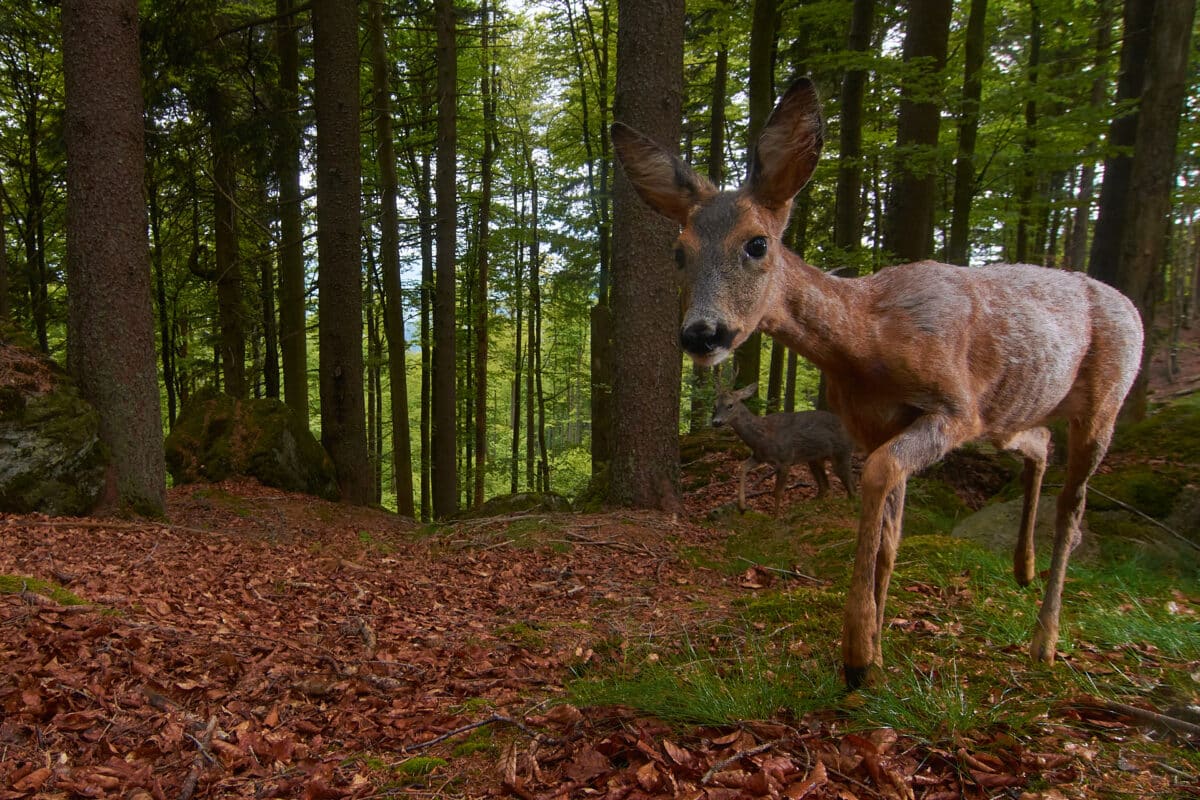
The behavior of prey animals also changes in the presence of lynx. Roe deer, for example, avoid open areas and behave more cautiously when they sense a lynx nearby. This “landscape of fear” causes the deer to change their locations more frequently and the plants in heavily frequented areas are given periods of rest. In addition, lynx often prefer to prey on weak or sick animals, which allows game populations to recover naturally. Although lynxes alone cannot replace “forest helpers” due to their small numbers, they do complement the spectrum of natural processes in the forest. As a native hunter, the lynx is part of the evolutionary history of our forest ecosystems – its absence left a gap that is now being filled. The return of the lynx therefore not only enriches biodiversity, but also stabilizes ecological processes in the forest.
Protective measures and outlook
Given the low numbers of lynx in Bavaria, comprehensive conservation measures are crucial to ensure the long-term survival of the species. The lynx is strictly protected by law – it is a strictly protected species under the Federal Nature Conservation Act and may not be hunted or killed. But paper alone does not protect animals: practical nature conservation projects, improved habitat networking and raising public awareness are crucial.
A central goal is to connect the isolated lynx populations and establish new populations in suitable habitats. As early as 2008, the Bavarian state government formulated the goal of a “vital lynx population that colonizes all suitable habitats in Bavaria” in the lynx management plan. However, this is still a long way off – outside of the Bavarian Forest, large regions such as the Spessart, Rhön and the Bavarian Alps are still lynx-free. In order to change this, active reintroduction projects have recently been promoted.
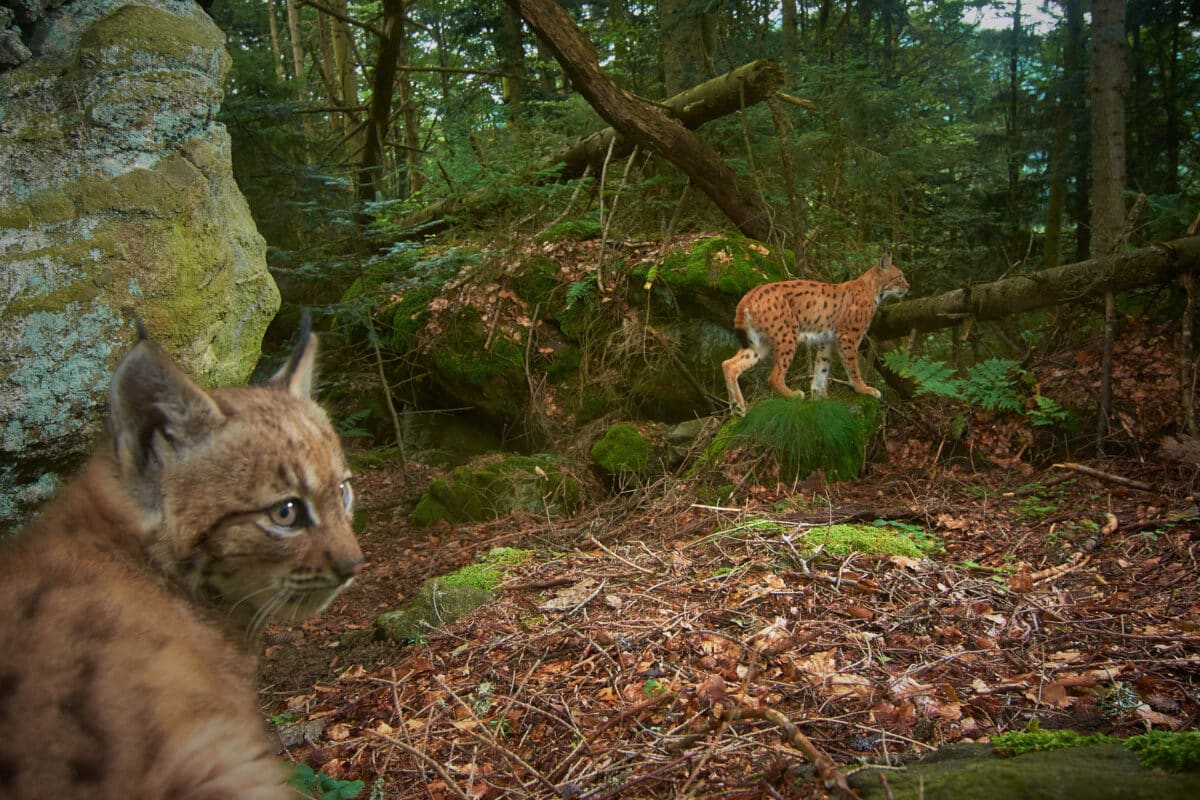
One glimmer of hope is the “Lynx Thuringia – Connecting Europe’s Lynxes” project, which has been running in the neighboring Thuringian Forest since 2024. Five lynx have been released and settled there since spring 2024 – two males from the wild in Romania and three females from zoological breeding programs. The aim of this project is to create a new population nucleus at a central location in Germany, linking the separate populations (Harz Mountains, Bavarian Forest, Palatinate Forest). The reintroductions are accompanied by intensive monitoring in order to closely track movements, territory formation and the whereabouts of the animals. In fact, the initial results give cause for optimism: some of the released lynx have already established permanent territories – an encouraging sign for a potential new population. In Eichsfeld in northern Thuringia, a real record was also achieved: Between December 2024 and March 2025, photo traps there yielded 65 lynx detections, more than ever before since monitoring began in 2019. It is particularly pleasing that lynx cubs were born in this area last year for the first time in over 200 years – two female lynx raised offspring. These initial reproductive successes are crucial for the establishment of a stable population. In the long term, Thuringia is set to become a hub for lynx reintroduction in Central Germany.
Work is also being done in Bavaria itself to support the population. In north-eastern Bavaria – outside the traditional Bavarian Forest area – orphan lynxes from the Bavarian Forest have been raised in human care several times in recent years and then released in suitable forests such as the Fichtelgebirge, the Franconian Forest and the Steinwald. These measures have led to the emergence of a small lynx population in northern Bavaria. However, the numbers there remain so low that without further support there is a risk of extinction. Conservationists are therefore calling for this practice to be continued consistently and possibly supplemented by additional reintroductions. In addition – according to the unanimous opinion of experts – concrete reintroduction projects should also finally be tackled for the Alpine region in southern Bavaria, as there are still large areas of suitable forest available there.
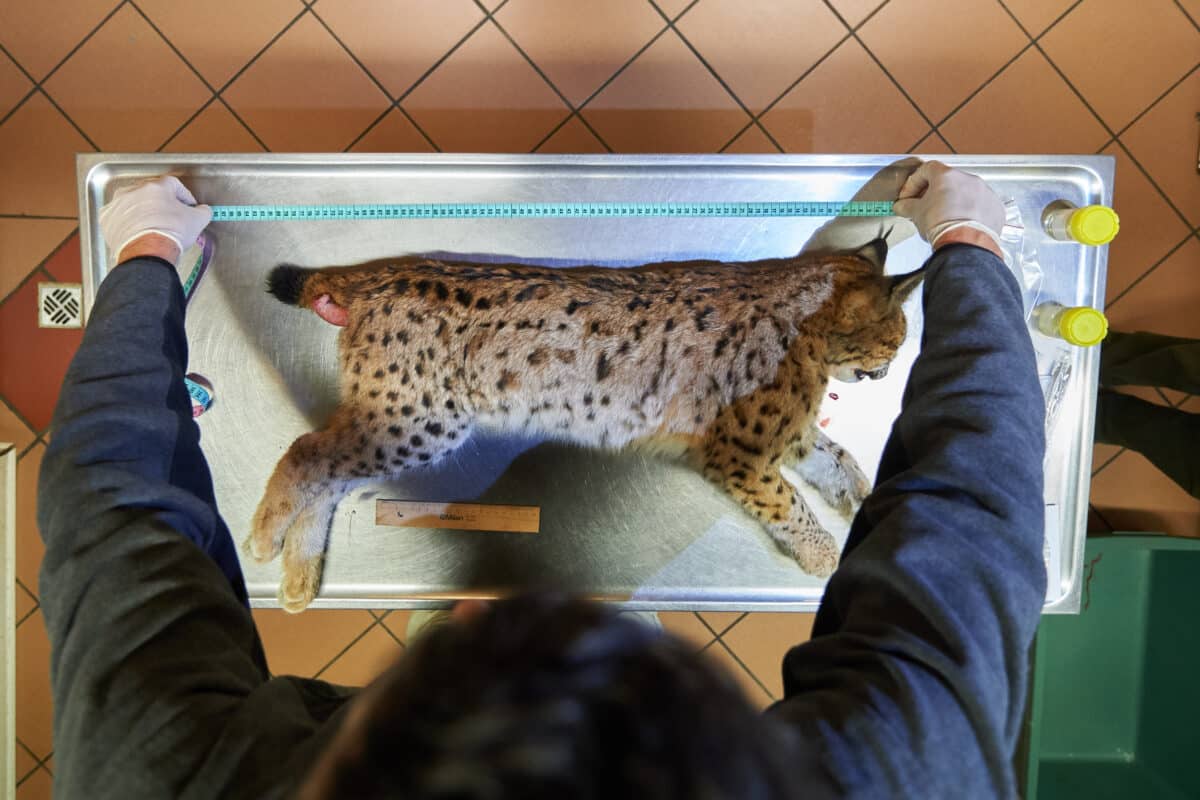
In addition to actively supporting the population, the reduction of dangers is another priority. Many lynx have road accidents – the construction of green bridges and wildlife crossings on dangerous stretches of road in the Bavarian Forest and the surrounding area could help here. Even more serious in the past was the illegal killing of lynx. However, successes have been achieved in Bavaria through intensive investigation and consistent prosecution: Several cases of lynx poaching came to court, sending an important signal that killing strictly protected species is not a trivial offense. In future, these efforts must be continued and hunters and the public must continue to be made aware of the value of living lynx in the forest.
How is Luchs Bayern e.V. involved in the protection of the lynx in Bavaria?
Luchs Bayern e.V. is a non-profit nature conservation association whose declared aim is to protect and promote the Eurasian lynx in Bavaria. Among other things, the association has been supporting the Bavarian-Czech Trans-Lynx project for the cross-border networking of lynx populations since 2013. With professional activities – from public and educational events to photo exhibitions and lynx ranger missions – Luchs Bayern e.V. sends out a clear signal.
Lynx rangers are also deployed in eastern Bavaria – a cross-border project that specifically combats wildlife crime and is organized in cooperation with Luchs Bayern e.V.. The topic of illegal persecution and the legal framework conditions are also a central part of the commitment – for example in a handbook published by the association, which summarizes methods of securing evidence and tips on combating perpetrators.
The close cooperation withLuchs Bayern e.V. is an integral part of my photo project in lynx country. Many of my pictures are now part of exhibitions such as “Lynxes live!”, contribute to environmental education and illustrate how photography makes lynx conservation visible. Technically, my camera traps also provide insights for monitoring – every recognizable lynx photo is a direct indication of territory boundaries, offspring or individual representation.
Conclusion
Lynx monitoring in the Bavarian Forest now provides us with more precise data than ever before about Germany’s secretive brush ears. This information is the basis for all conservation efforts – because you can only effectively protect what you know exactly. The current population of around 95 lynx in Bavaria is critically low, but with coordinated efforts there is hope: the return of the lynx to our forests is possible, as the success story in the Bavarian Forest shows. With further reintroductions, cross-border cooperation and continued commitment to species conservation, the lynx can have a future in Bavaria. Every single camera shot of a lynx in the forest is more than just a photo – it is a sign that the lynx lives in the Bavarian Forest and that we have a responsibility to continue to provide it with a home in the future.

